|
1 Comment
Special thanks to photo contributions from: Angela Calabrese, Traci Friedl, Yvonee Grimmer, Martine Hammond, Tara Lemezis, Kellie O'Donnell, Steve Owen, Bruce Wyman
|
Coyote NewsVisit this page for news coverage and updates about the Portland Urban Coyote Project (PUCP). Archives
July 2023
Categories |

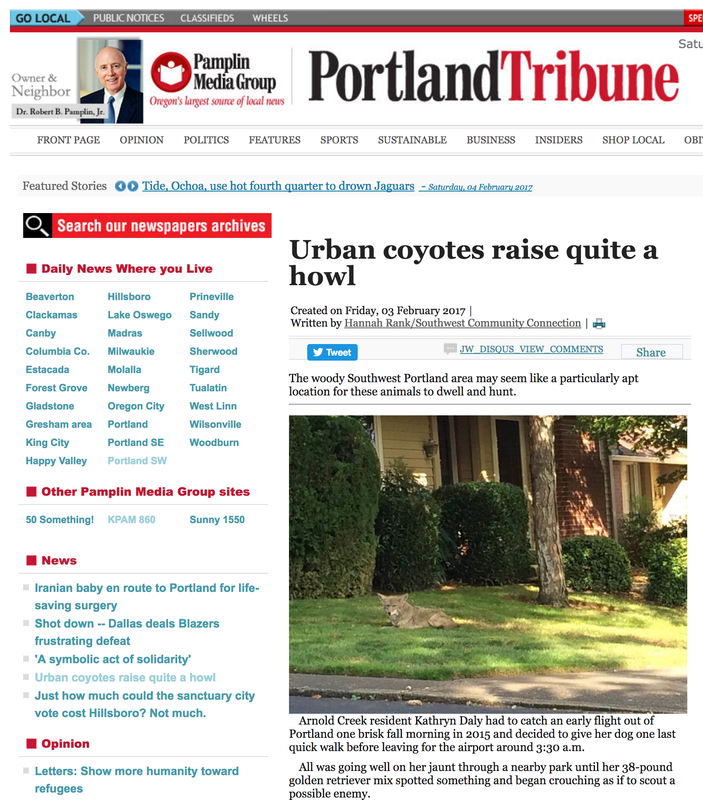
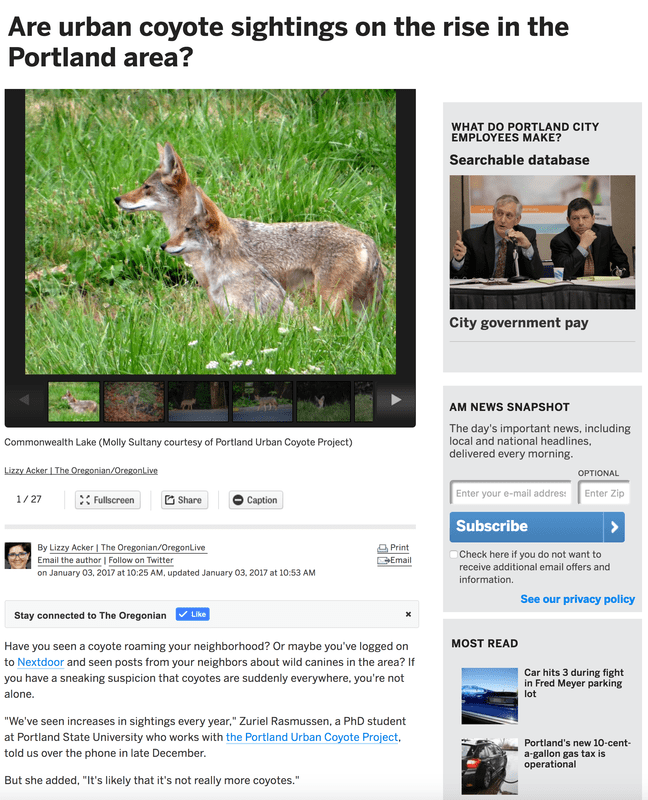
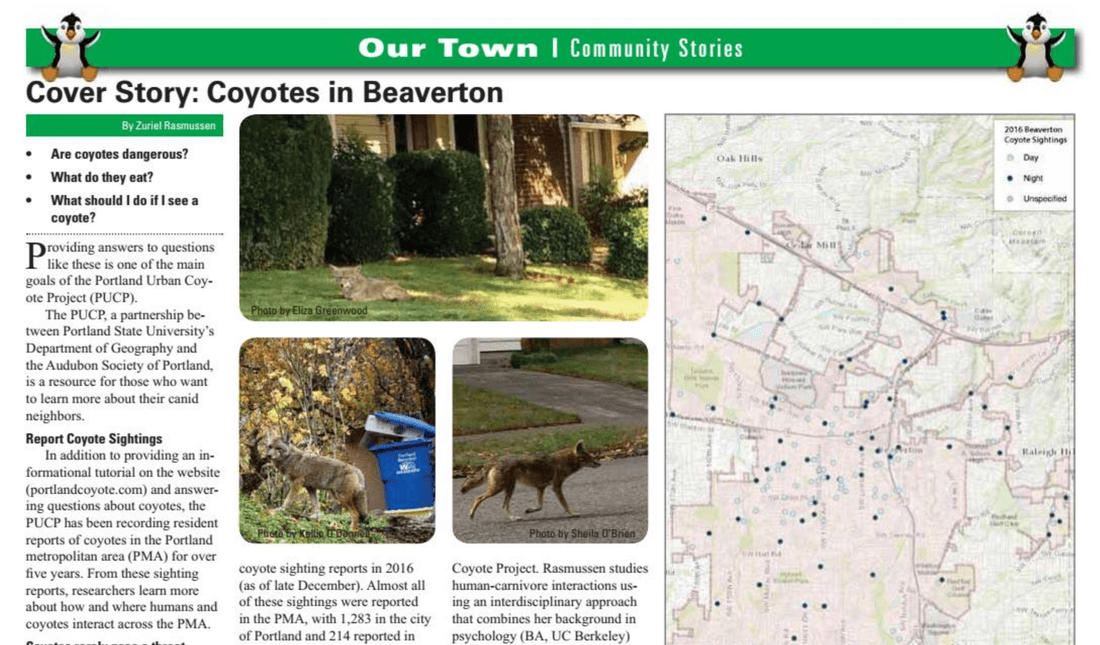
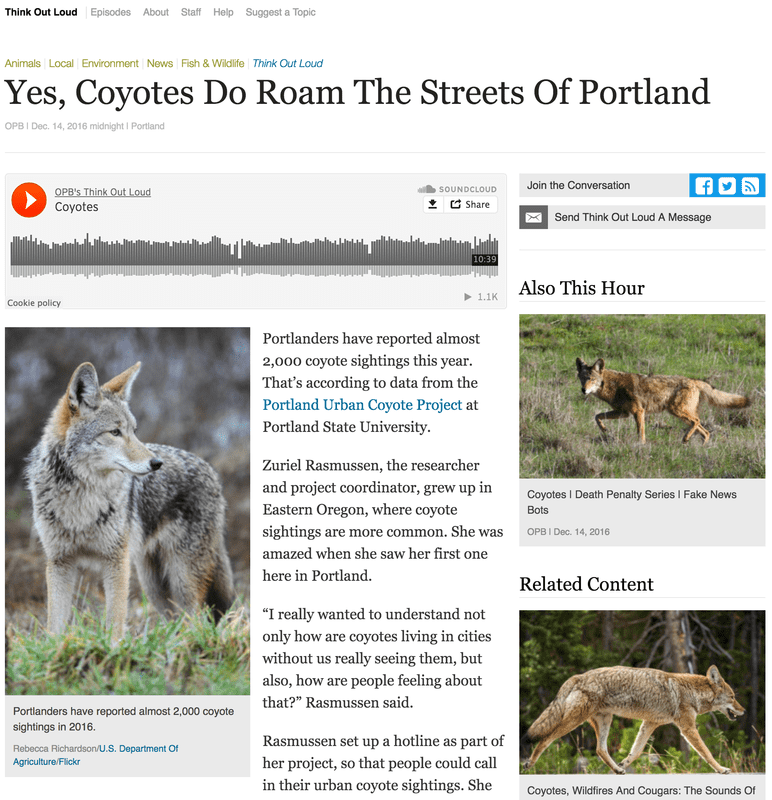
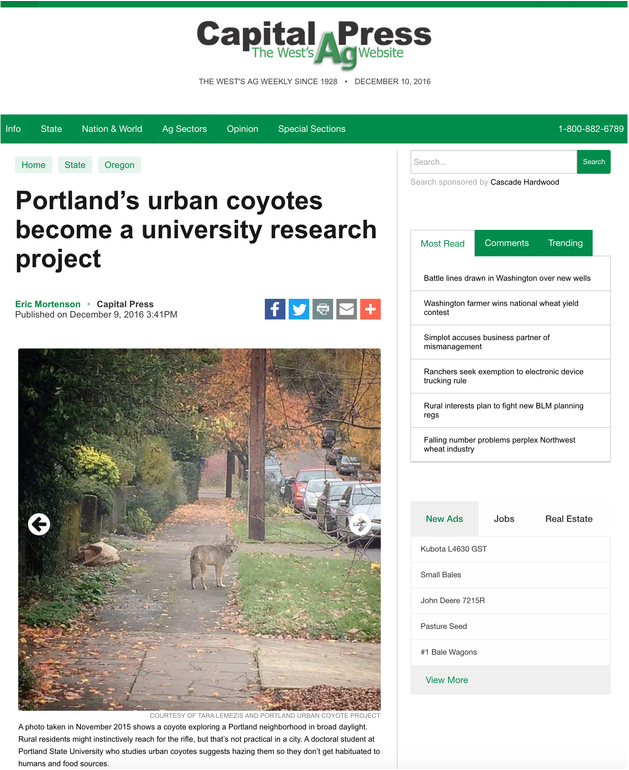
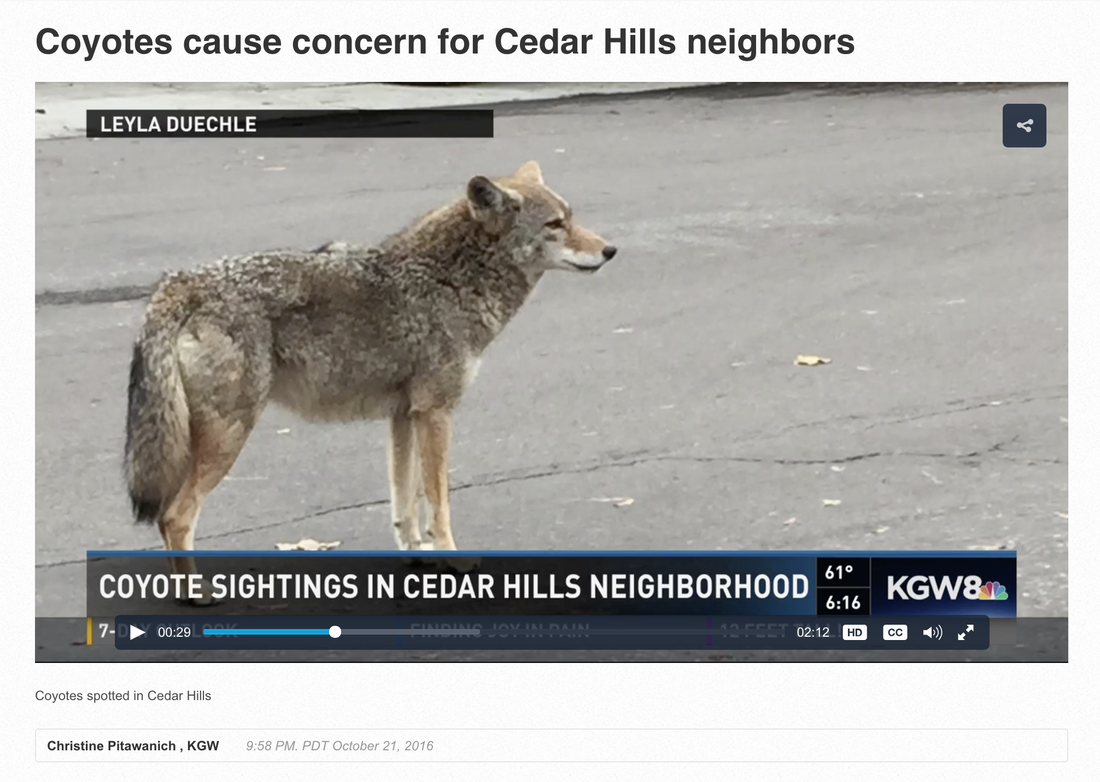
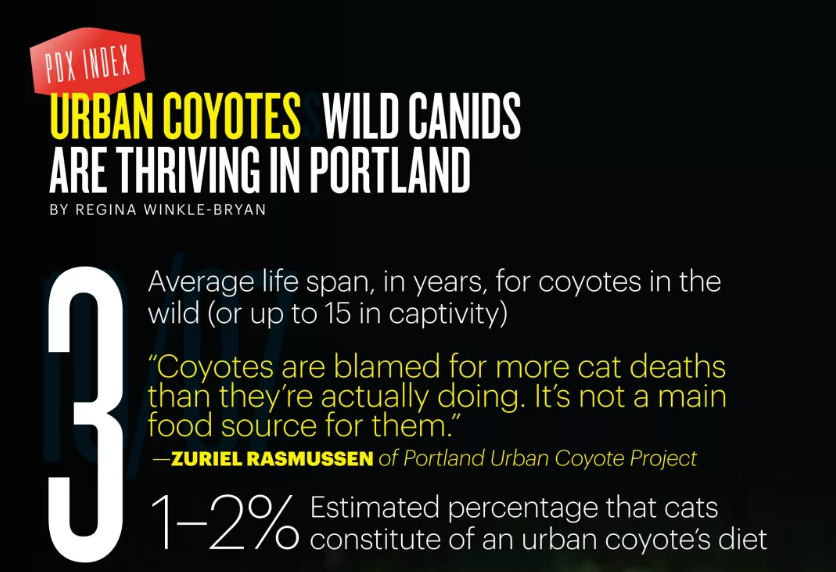
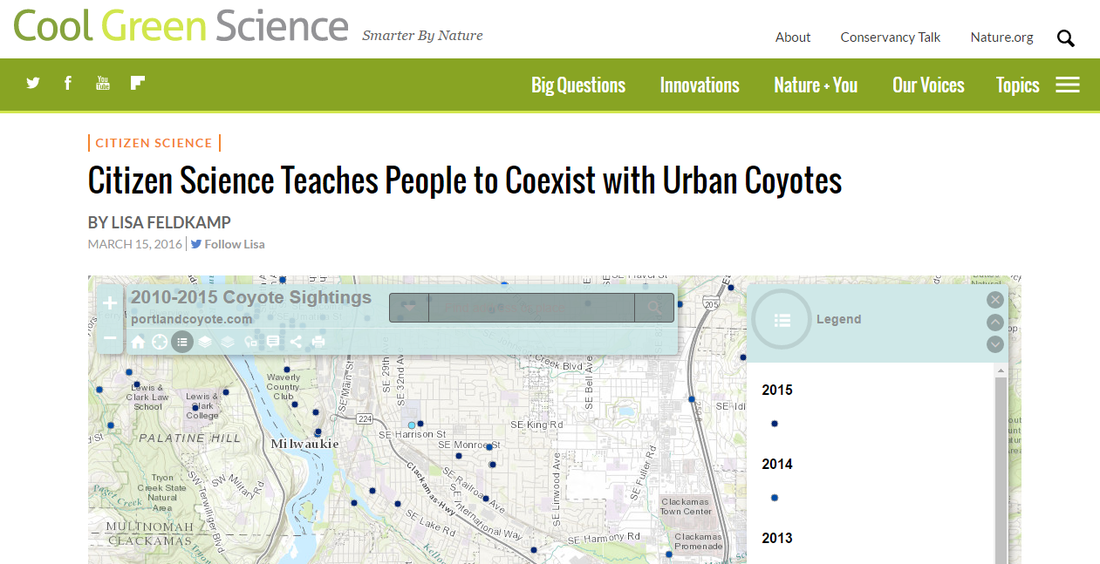
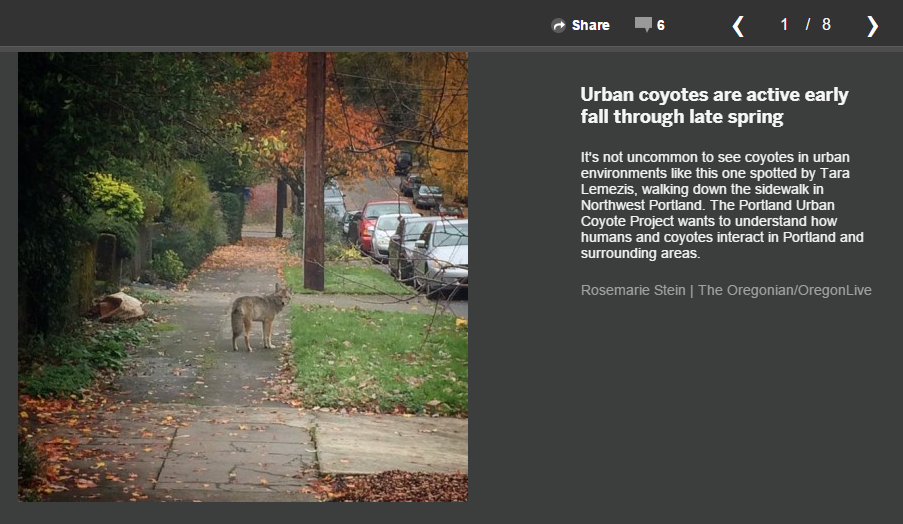
 RSS Feed
RSS Feed
